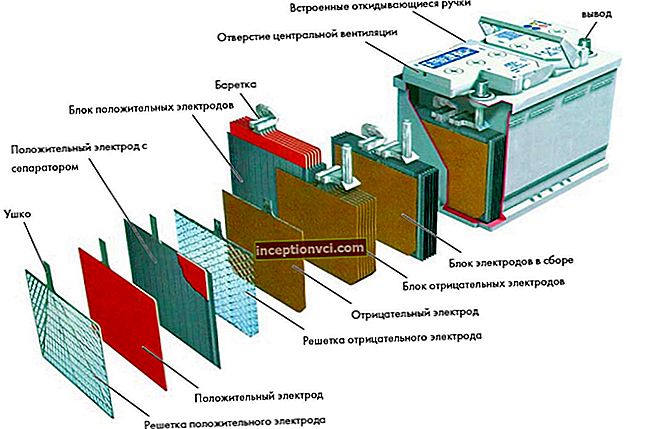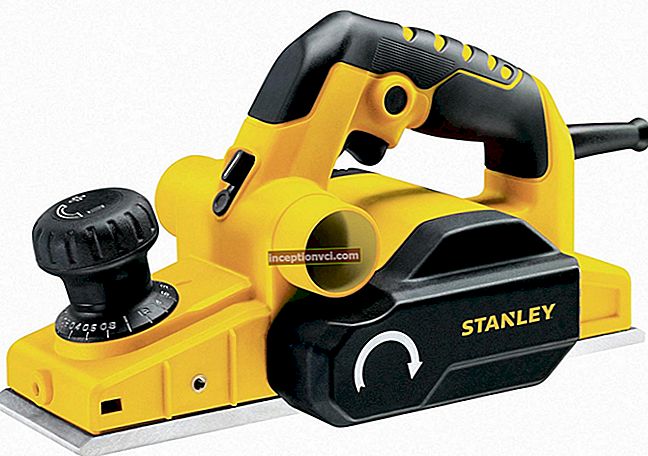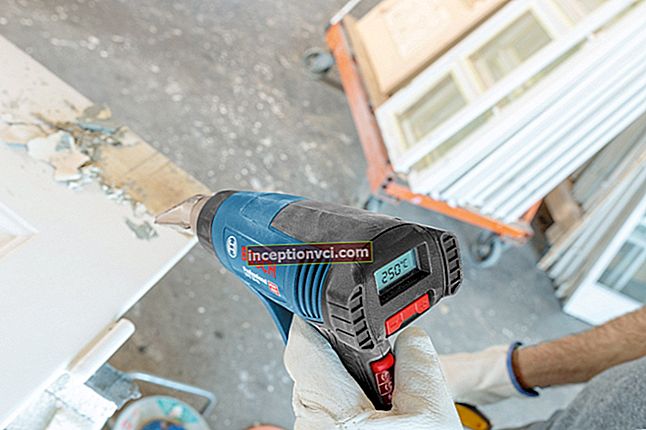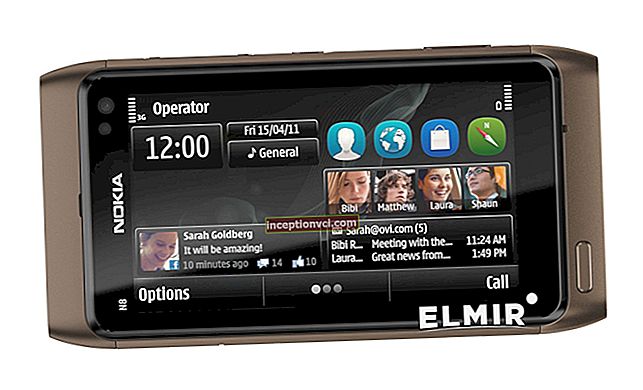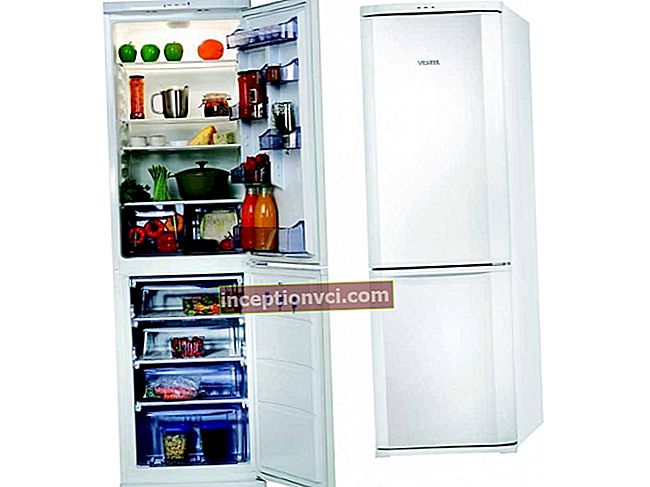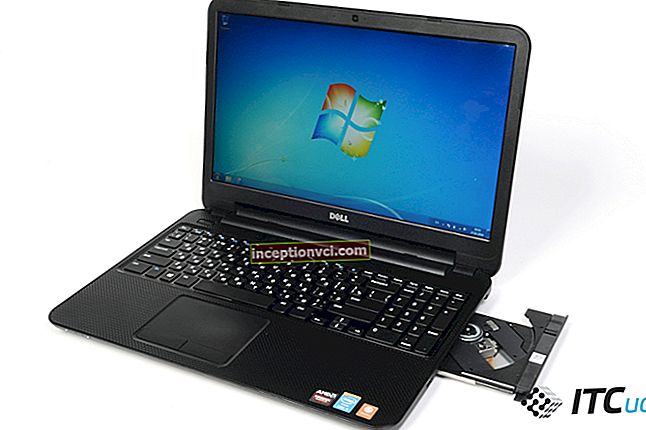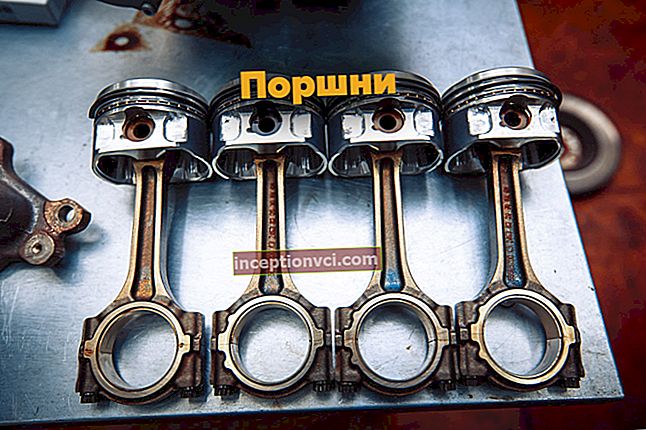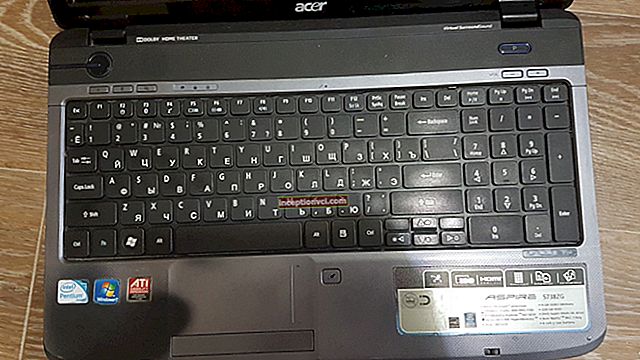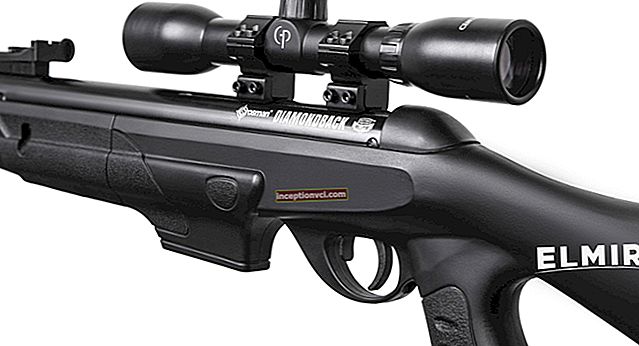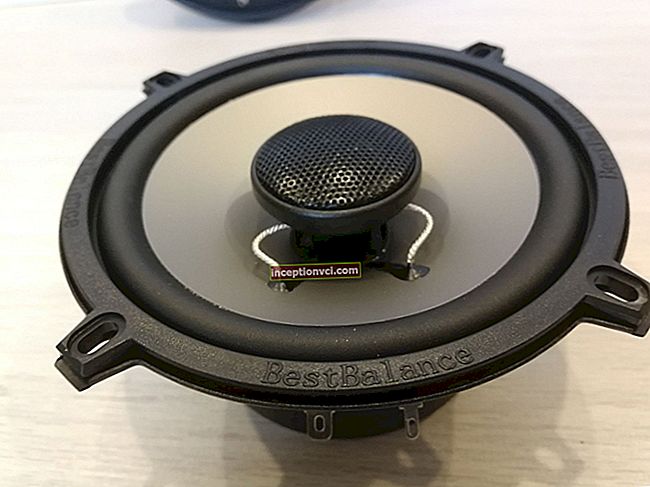Last year, AMD unveiled its new A-series processors to the world. Against the background of competitors, the new products stand out for the presence of an integrated graphics core, which is not inferior in performance to discrete entry-level products.
I must say that the first mentions of the development of a completely new concept of processors by the company appeared back in 2006, receiving the name AMD Fusion.

Within the framework of this project, the development of a universal microprocessor architecture was announced. The company planned to simultaneously place a central (CPU) and a graphics processing unit (GPU) on a single die. Such chips with a light hand AMD were named APU (Accelerated Processing Unit), which in translation means "Accelerated processor". The launch of new products on the market was originally planned for late 2008 - early 2009, but various difficulties in implementing this idea delayed their release until early 2011. Well, better late than never :).
The official presentation of the new AMD Fusion "Llano" APU line was held in mid-June 2011 in Berlin.
The presented concept of Fusion is to work together as "normal" processor cores and the graphics accelerator. It has long been known that the superscalar stream processors found in AMD video adapters excel at scientific, cryptographic calculations, and multimedia processing. Consequently, combining CPU and GPU promises significant performance gains across a wide variety of tasks. In addition, the integration into the processor and the north bridge greatly accelerates the transfer of data between the various functional blocks of the chip. A tempting prospect, isn't it?
For the sake of fairness, it should be noted that for the first time the graphics core was incorporated into the processor by Intel, thus, seemingly overtaking AMD. But it is not so. AMD believes that in an APU, the video core should be able to work together with the processor cores, taking part in data processing. The integrated video from Intel cannot do this.
So let's take a closer look at the innovations implemented in the new processors.
When developing the A-series APU, AMD's engineering department successfully solved the most difficult task by placing a full-fledged quad-core x86 processor (Athlon II x4), a powerful video accelerator and a northbridge on the same silicon chip. This integration became possible due to the reduction in power consumption and heat dissipation of microcircuits due to the transition to a new 32 nm technical process. The novelty can boast of having 1,450 million transistors, which is 60% more than the existing models of six-core processors manufactured according to 45 nm technological standards. However, the physical area of the semiconductor crystal is only 228 sq. Mm. This means that the cost of manufacturing new APUs should be quite low.

The Llano hybrid processor consists of four processing cores and a dual-channel memory controller with support for the DDR3 standard. The video subsystem has five SIMD units with 80 universal PCBs in each, as well as a Unified Video Decoder v.3 unit. The integrated northbridge is responsible for transferring data between all APU nodes. In addition, it provides support for 24 PCI Express lanes for connecting a discrete video adapter and other expansion cards with an appropriate connector.

The processor cores belong to the K10 "Stars" architecture and are identical to the modern Athlon II X4 except for a more subtle technical process. Minor CPU design changes are more cosmetic in nature. Significant changes can be called only the increase in the cache of the second level to 1024 KB per core and the improvement of the memory controller, which now officially supports DDR3 1866 MHz.
The A-series desktop APU lineup includes dual, triple and quad-core models.
As a result, the processors differ in clock speeds and the number of cores, but the key difference between the A8, A6 and A4 series is the different performance of the built-in video subsystem.

It is also important that each series includes processors with 100W and 65W TDP. The 65-watt models feature reduced processor frequencies and Turbo Core technology.
Well, we talked about the features of the new products. Let's now evaluate their capabilities using the example of AMD APU A8-3850.
Appearance and packaging

The box version of the processor took part in the testing. Changes in packaging design are immediately noticeable. So, now instead of ATI's proprietary green, violet and black colors, attention-grabbing red prevails in the box design. The front side of the package unambiguously hints at the wide multimedia capabilities of the APU.

A sticker is glued to the top side of the device indicating: model (A8 3850), operating frequency (2.90 GHz), cache size (4 MB), socket type (FM1), as well as serial number and product code.
Through the usual plastic window, the buyer can see the processor cover with the markings on it.


On the remaining sides of the package, there is general information about the processor, as well as support for AMD Dual Graphics technology.
The package bundle is quite standard:
- processor;
- cooling system packed in a separate box;
- instructions and a branded sticker.

The complete cooling system outwardly does not differ much from other cooling systems supplied with AMD processors. The base of the cooler is covered with a sufficiently effective gray thermal paste, which eliminates the need to buy it additionally: the CO is already ready for installation. The fan is equipped with a 4-pin power connector and supports monitoring and automatic rotation depending on the CPU temperature using the PWM method. Fastening is also standard, using a conventional clamping bracket.


The processor specifications are presented below:

Please note that the new processors are designed for installation in Socket FM1, which means they will work only with motherboards equipped with the corresponding socket.


The processor characteristics indicated in the specification above are confirmed by the screenshot of the CPU-Z program:

The built-in memory controller supports the current DDR3 standard (up to DDR3-1866) in dual-channel mode.

The characteristics of the integrated graphics core are confirmed by the GPU-Z utility.

In this case, the most advanced version of the video core with 400 stream processors is used, which is on par with the discrete video cards Radeon HD 6570 and HD 6670. Well, the numbers are impressive, but how the embedded video will behave in real applications remains to be seen.
Testing
The following stand was used for testing:

Testing is divided into 2 parts. The first one presents tests of the processor performance itself, and the second one - the integrated video.
The test results are presented below:











Analyzing the results, we can say that the tested AMD APU A8-3850 is slightly behind in performance from its main competitor from Intel - Core i3-2120. This is primarily due to a more efficient memory controller, but in tests where mathematical operations are important, the A8-3850 even outperforms its opponent. In general, we can state the fact that the tested novelty demonstrates excellent results and practically does not lag behind its competitors.
Radeon HD 6550D Integrated Video Test





This is a rout! The integrated video core of Intel processors simply cannot do anything to compete with the Radeon HD 6550D. The user of APU A8-3850 can not only watch movies in HD quality without any problems, but it is also quite normal to play modern 3D games at low or medium graphics settings.However, it should be noted that the integrated graphics use the PC's RAM for their needs. This means that the graphics performance will be highly dependent on the speed of the system memory. In this case, the tests were carried out at a RAM frequency of 1333 MHz. If you have DDR-3 1600 or 1866 memory modules, the built-in video performance will be 20-30% higher, which will surely please you.
Overclocking
By increasing the reference frequency of the processor, a stable CPU frequency of 3334 MHz was achieved. The voltage had to be increased to 1.472 V.

Note, however, that the architecture of the new products assumes dependence on the reference frequency not only of the processor cores, but also of the integrated video core. Consequently, gaming performance should also improve significantly. Results in the table below:

Performance increased by an average of 12.58%. In gaming tests by 17%, and in computational tests by 15%. These are good results. Overclocking will give the user an opportunity to get an additional boost both in everyday tasks and in games.
conclusions
First of all, I must say that AMD APU A8-3850 left behind an extremely favorable impression. There are no complaints about working in everyday tasks, whether it is surfing the Internet, watching movies or listening to music. Its performance is more than enough for the vast majority of users.
The owner of the new APUs will also receive a very productive embedded video, which has no competitors at the moment. With its help, it is quite possible to play modern video games without using additional discrete video adapters. Nevertheless, for those who find the performance in games is not enough, AMD has provided the Dual Graphics technology, thanks to which you can get a significant increase in speed due to the joint work of the integrated video core and video cards Radeon HD 6450, HD 6650 or HD 6670. Tempting, not true. is it?
If we add to this the pricing policy for new processors, which is very loyal for the end user, then the benefits from the purchase will be obvious.
Finally, for economical users, I would recommend installing a more efficient and quieter cooling system for overclocking, as well as DDR3 1600 or 1800 RAM, when purchasing a PC. Thanks to this, you can get a performance increase in games of up to 40%.
Happy shopping!
